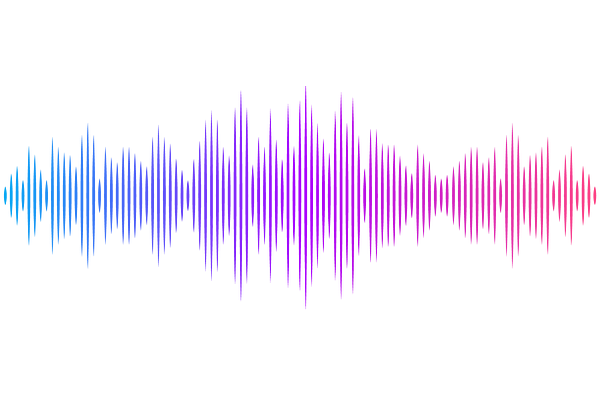Very Late Afterpulses and Search for the Neutron Echo in IceCube

Very Late Afterpulses and Search for the Neutron Echo in IceCube
Kaustav Dutta for the IceCube Collaboration, Sebastian Böser for the IceCube Collaboration, Martin Rongen for the IceCube Collaboration
AbstractWhile high-energy astrophysical neutrinos are well-established, their flavor composition remains relatively unconstrained. In IceCube, long muon tracks from $\nu_\mu$ charged-current interactions are easily identified but the detector geometry does not allow sufficient resolution to distinguish cascade-type events. The Neutron Echo - a delayed light signal in the detector from neutron capture and de-excitation - can probe the shower's hadronic content and thus the underlying interaction. A significant background arises from late PMT afterpulses, which are temporally coincident with the physics signal. The traditional IceCube data acquisition system has a limited readout window with significant deadtime between triggers, which is insufficient to capture the late pulses. A recently developed deadtime-free readout mode, with an extended window, enables their detection. An observed excess in the delayed time spectrum over the background would be compatible with the Neutron Echo hypothesis. In this contribution, we summarize the physics scope of delayed signals, discuss the timing spectrum of signal and PMT background, highlight the capabilities of the new system for recording late pulses, and emphasize the potential of IceCube for particle identification through delayed signals.